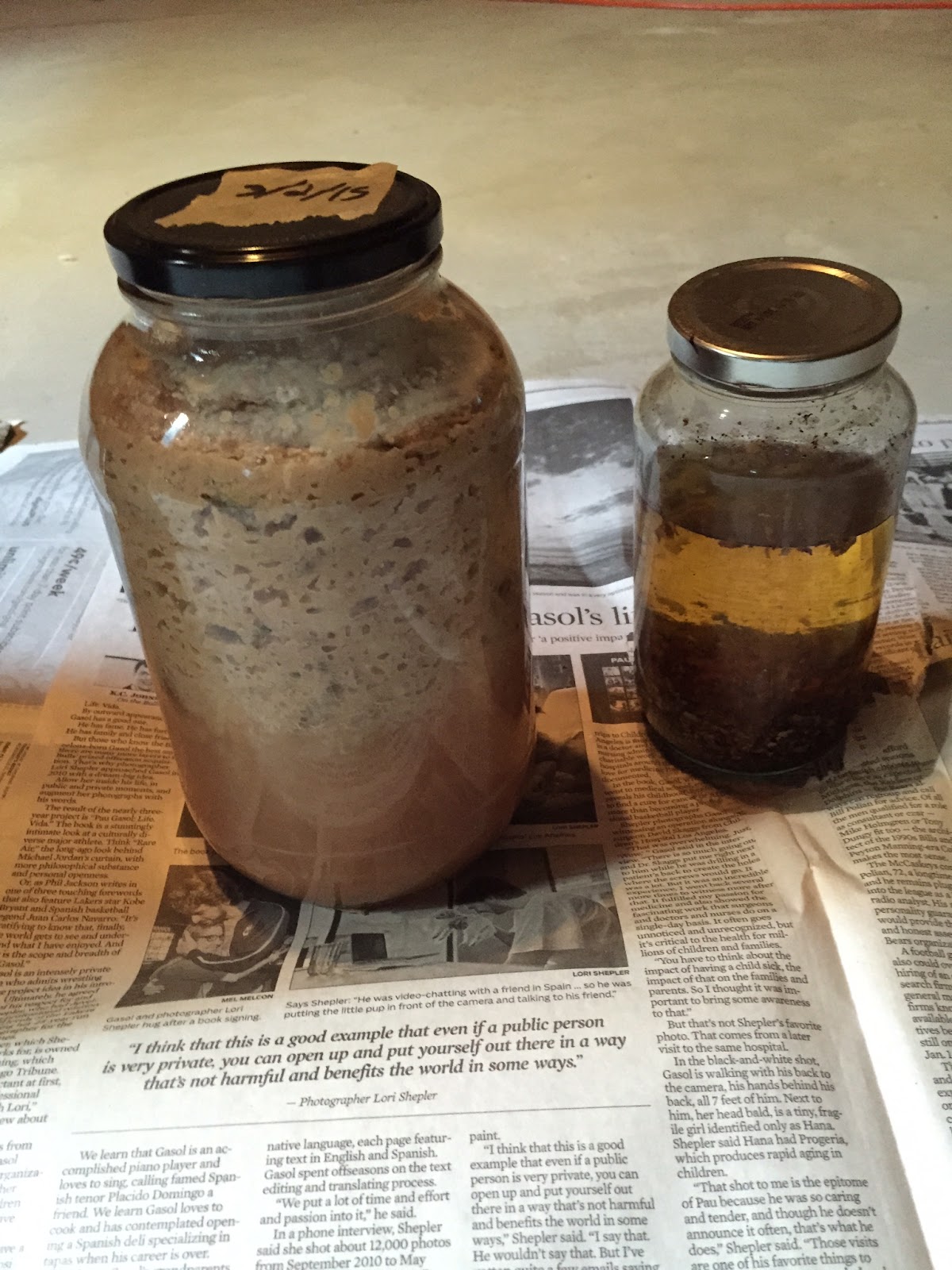Cherries and apples
My favorite part of fall has always been apple picking, now, with some luck, in just 2-3 more years,
we'll be able to do this from our own backyard. Home Depot was having a 50% off all trees sale, and I couldn't resist--2 year old potted trees for less than $30--how can anyone pass that up?
In the photo above, you can see the cherry tree from last spring on the left, in the center is a yellow delicious tree (I'm assuming this is the same as "golden delicious," or at least I'm hoping, since I bought it primarily for the purpose of it being a great pollinator), and the one on the right is a honeycrisp (my husband's favorite eating-out-of-hand apple).
I had tried to pre-order a 4-in-1 antique apple tree from Stark Brothers, but apparently they were sold out, but I'm still waiting on a shipment of a
Burbank July Elberta dwarf peach tree from them. It's supposed to arrive Nov 3, in homage to my husband's great uncle, Luther Burbank.
Also, I planted the rain garden and bought a couple extra plants that are still in pots--queen of the prairie which produces amazing pink cotton candy like blooms, an echinacea purpurea, and a rudbekia with vanilla scented leaves, that I can't remember the name, but they were also 30-50% off.
Rain garden
It's been raining on and off for the past few days, so hopefully it is paying off (haven't seen any basement leaks yet). I'm thinking I might need to move the drain pipe over to the far left, as the slope of the yard leads to more pooling on the right.
Additionally, I planted some tulip, narcissus, and crocus bulbs, but I still have a few dozen more to plant, when I get the time.
Pulled the tomatoes out of the ground and planted some spinach seeds in a cold frame. The seeds are from 2012, so I'm not sure what the germination rate will be, but I'm hopeful for at least 50%. I guess we'll see in another week or so...


















